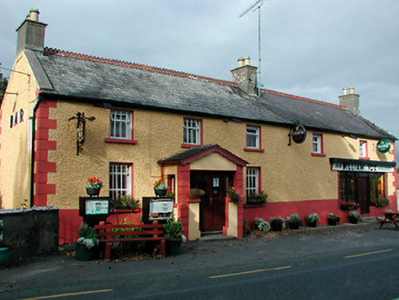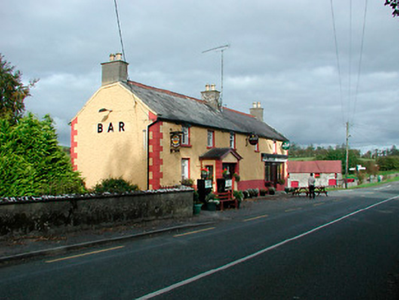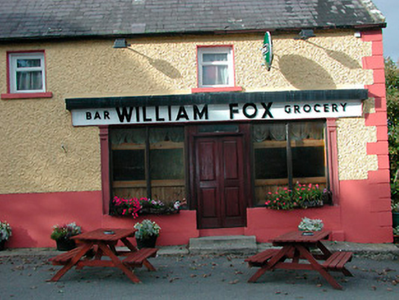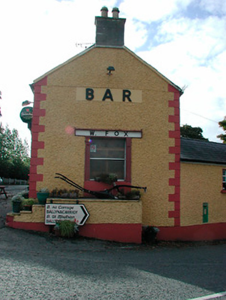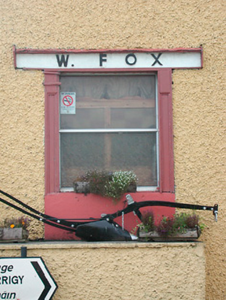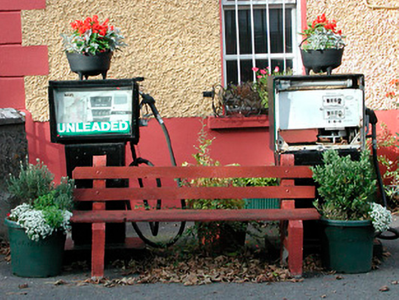Survey Data
Reg No
15402516
Rating
Regional
Categories of Special Interest
Architectural, Artistic, Social
Original Use
House
Historical Use
Shop/retail outlet
In Use As
Public house
Date
1840 - 1900
Coordinates
231482, 248616
Date Recorded
30/09/2004
Date Updated
--/--/--
Description
Detached five-bay two-storey house, built c.1840 with pub front inserted to east end, c.1900. single-storey return to rear (northwest). Previously two separate structures but now in single ownership. Pitched natural slate roof with decorative clay ridge tiles and three ruled-and-line rendered chimneystacks having terracotta chimney pots over. Wet dash rendered walls over smooth rendered base with raised quoins to corners. Square-headed window openings, diminished to first floor, with painted reveals and sills. Replacement windows throughout. Single-storey gable-fronted porch to second bay from the west, having slate roof and timber bargeboards over, raised block quoins to the corners and a square-headed doorway with sidelights and glazed timber double doors. Shop/pubfront to east end, added c.1900, having central square-headed doorcase with early timber double doors, flanked to either side by paired fixed pane windows with timber pilasters supporting timber fascia over. Raised lettering to fascia reads ‘BAR WILLIAM FOX GROCERY’. Former doorcase to east gable, now partially blocked and in use as a window, flanked by timber pilasters to either side supporting simple fascia over with raised lettering reading ‘W. FOX’. Wall mounted cast-iron post box (15402517) to east side of rear return. Road-fronted to the east end of Loughanavally.
Appraisal
An appealing pair of buildings that add character to the cross roads at Loughanavally. They represent a good example of the typical mixed use building, which were a characteristic feature of small rural Irish villages and towns in the past. This building has played an important role in the social history of Loughanavally as the area's public house, as a former grocery and later as a garage. Of particular importance is the survival of the early timber shopfronts to the east end, which are good examples of their type and are now becoming very rare survivals.

